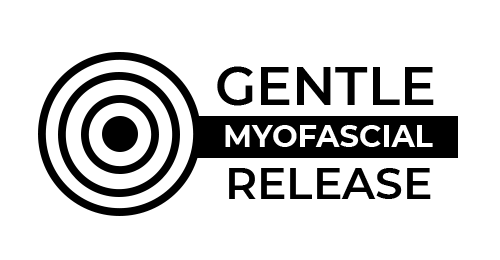I remember the first time I realized my pain wasn’t just “normal.” As a teenager, I dealt with constant aches that no one seemed to have an answer for. It wasn’t until I discovered myofascial release and movement that I truly understood what was happening in my body. Looking back, I can see that my fascia feels tight —the web-like connective tissue surrounding every muscle, bone, and organ—was reacting to a mix of overuse, underuse, and past injuries.
Overuse: When Fascia Holds On Too Tight
If you’ve ever had a repetitive strain injury or felt that deep, nagging tightness after doing the same activity day after day, you’ve experienced overuse. Fascia responds to repeated movements by laying down extra collagen to reinforce itself—kind of like scar tissue. This might sound helpful, but over time, it can lead to adhesions, stiffness, and restricted movement. I see this a lot with people who have physically demanding jobs, endurance athletes, or even those who just spend too much time hunched over a phone or computer. The key to breaking out of this cycle? Optimize recovery and work on breaking down those restrictions with ice baths, foam rolling and mobility training.
Underuse: When Fascia Gets “Sticky”
On the flip side, not moving enough can be just as problematic. When we’re sedentary, fascia becomes dehydrated and less resilient. Think of it like a sponge that has dried out—it loses its elasticity and becomes stiff. This is why people who sit for long hours or don’t move in varied ways often feel achy and tight, even if they’re not dealing with an injury. When I work with clients who struggle with underuse, I encourage them to incorporate gentle movement and hydration to get their tissues movng again.
Trauma: The Hidden Fascial Memory
Then there’s trauma—both physical and emotional. Whether it’s a car accident, a surgery, or an old injury that never fully healed, fascia has a way of holding onto the past. Even stress and emotional tension can manifest as tightness in the body. I’ve worked with people who had long-forgotten injuries that their fascia never truly let go of until we started working with gentle myofascial release. This is where slow, mindful touch and movement can make a huge difference in releasing long-held tension and restoring ease.
Bringing Your Fascia Back to Life
So, what can you do if you’re dealing with fascial restrictions from overuse, underuse, or trauma? It starts with awareness and small, consistent steps. Gentle self-myofascial release, hydration, movement, and stress reduction all play a role in keeping your fascia healthy. And if you feel like you need more support, that’s where hands-on myofascial work comes in. My goal is always to help people move better, feel better, and keep their fascia in the best shape possible.
If any of this resonates with you, you’re not alone. I’ve been there, and I know what it takes to come out the other side. Fascia is incredibly adaptable—you just need to give it the right kind of attention.



